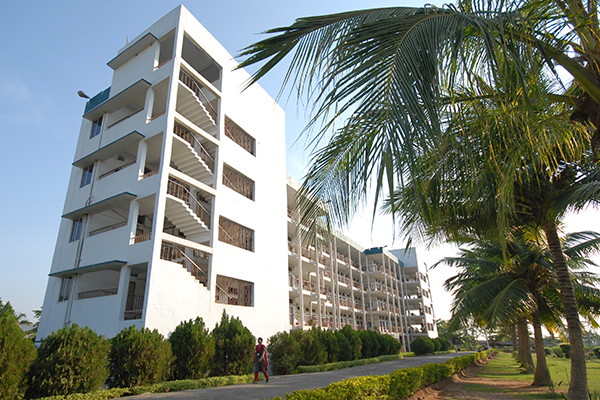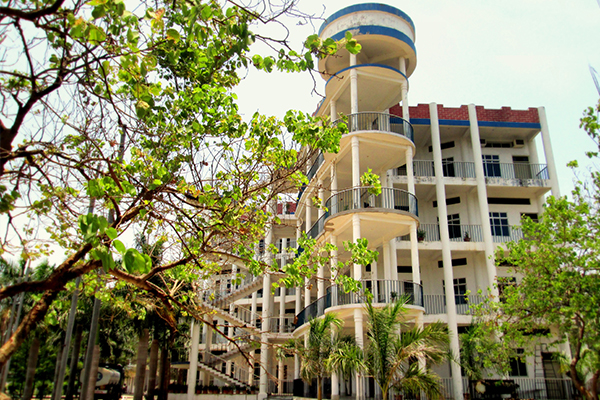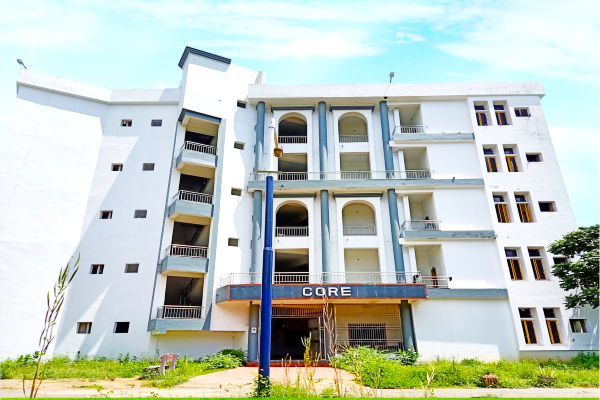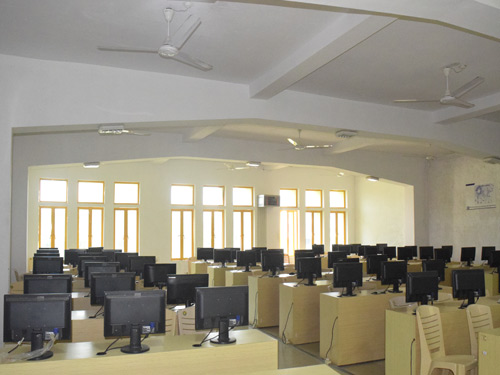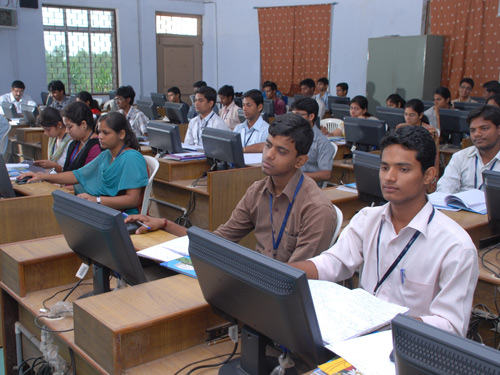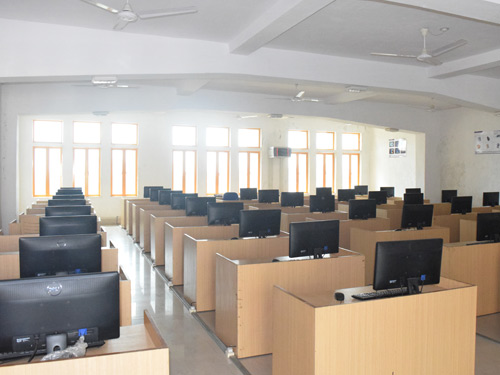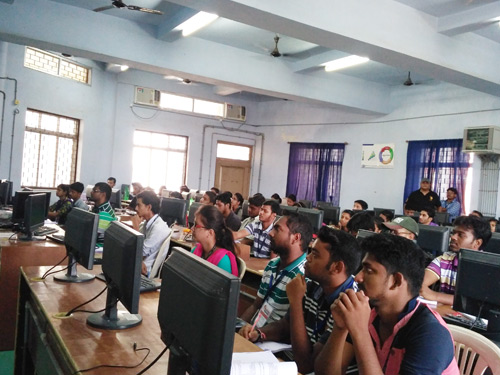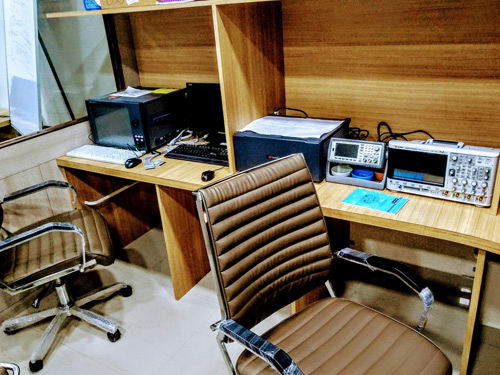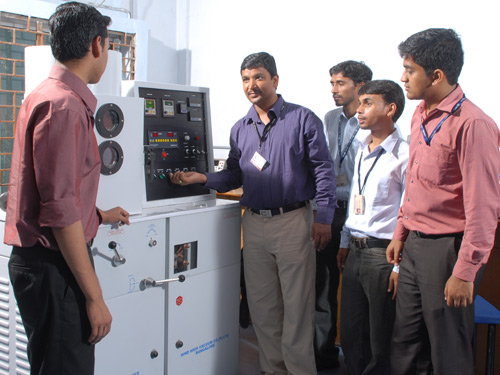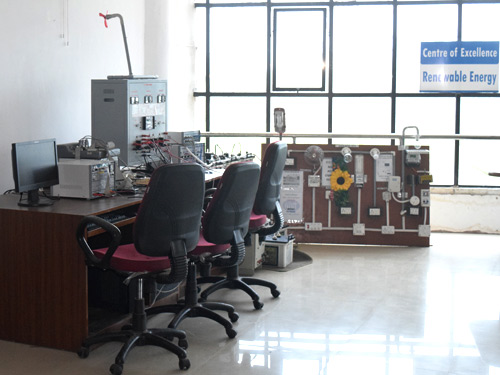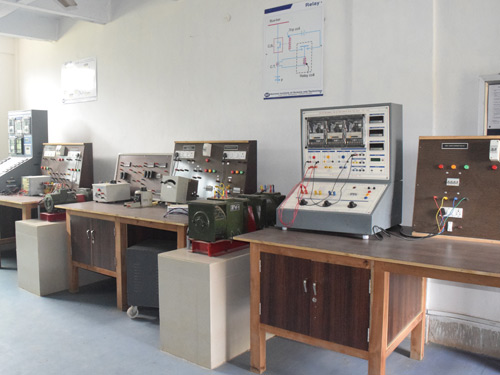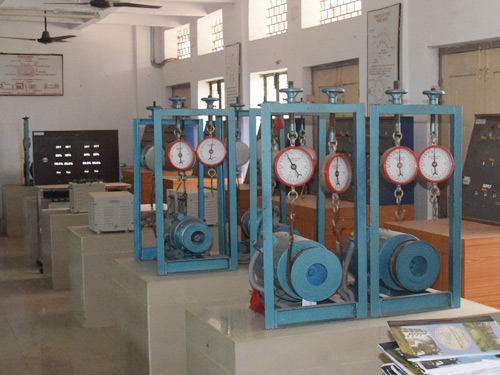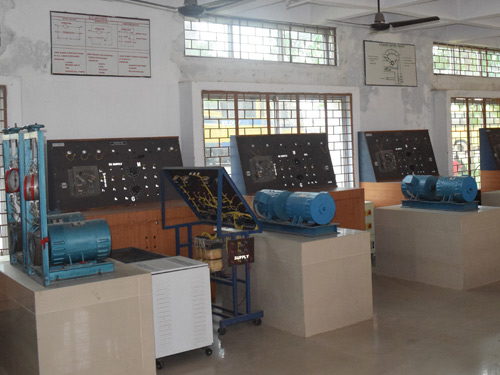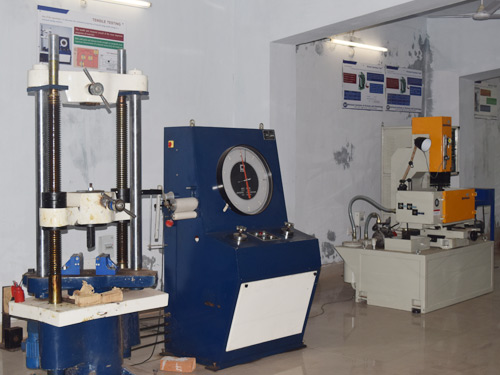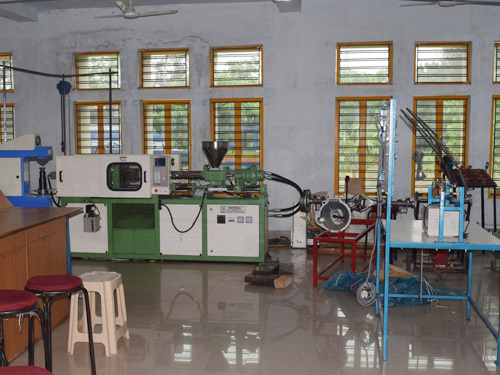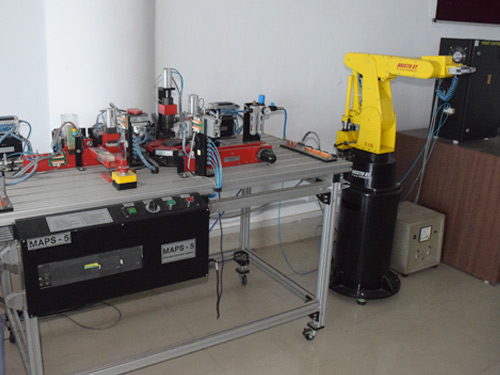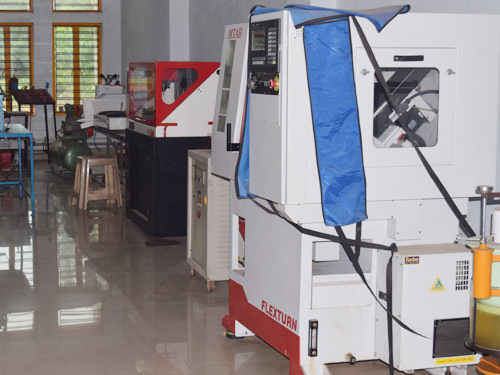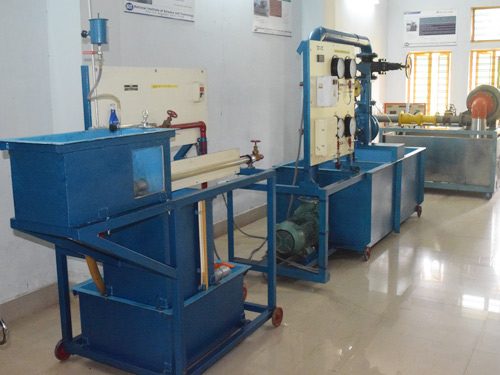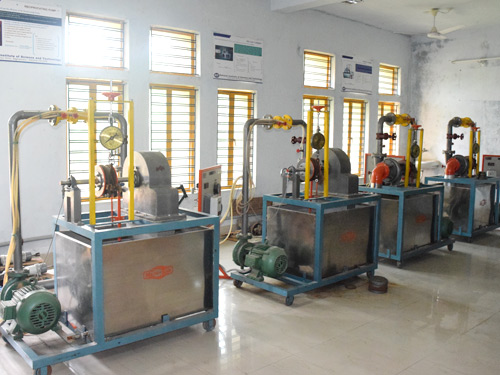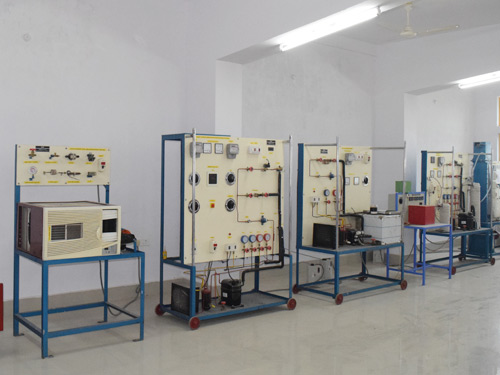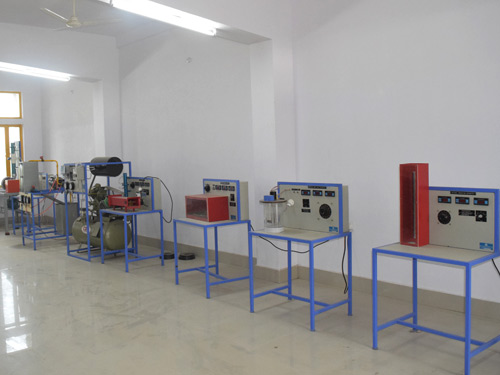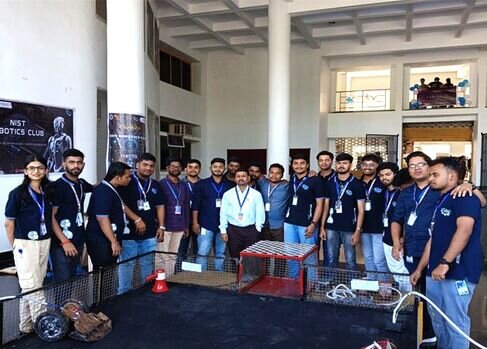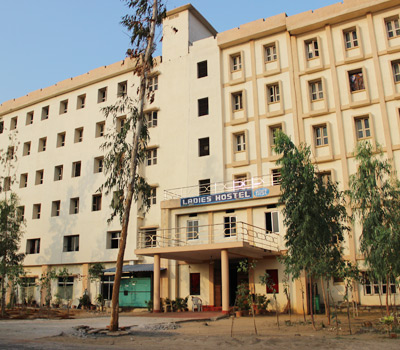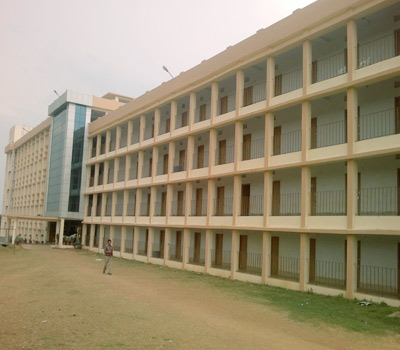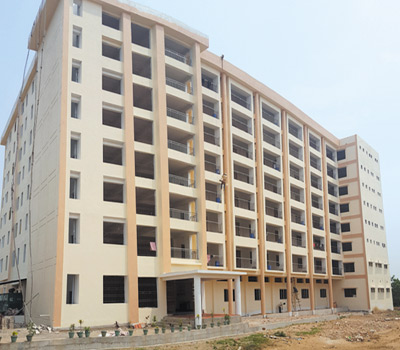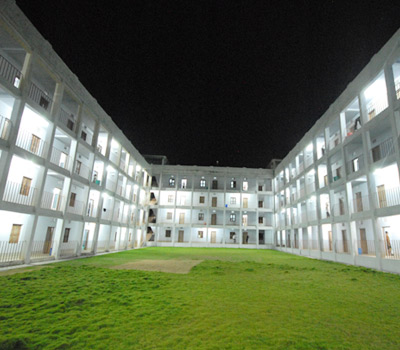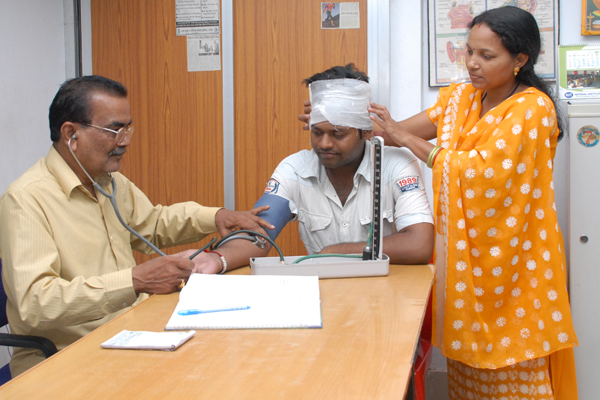The campus boasts multiple well-constructed hostel blocks for both boys and girls, with a combined capacity
to accommodate 2,000 students. Each hostel is equipped with a dedicated mess, an administrative office, a
hostel superintendent, and individual caretakers to ensure smooth management and student welfare. The
hostels offer fully furnished rooms complemented by modern facilities, including free high-speed Wi-Fi, A/C,
Washing Machine, a medical center, and amenities for sports, recreation, and entertainment.
The hostel mess provides fresh, hygienic meals, catering to diverse dietary preferences. Beyond
accommodation, the hostels foster a vibrant community by organizing various extracurricular and cultural
activities, ensuring a well-rounded experience for students.
Here are the names of the hostels on campus:
- Albert Einstein Halls of Residence
- Rabindranath Tagore Hall of Residence
- Marie Curie Halls of Residence
These halls not only provide comfortable living spaces but also encourage intellectual and cultural growth,
offering a supportive environment that enriches the overall student life.
